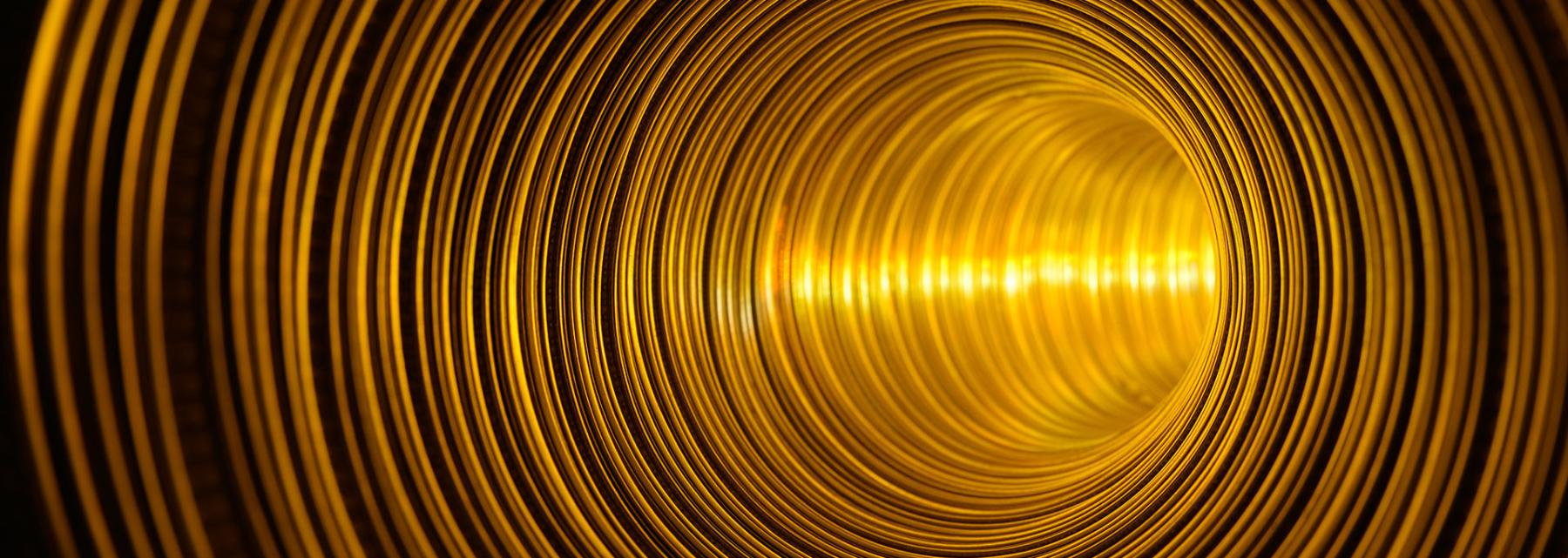
Longitudinal and Transverse Waves
In this creative lesson, students will use a slinky to model two types of waves: longitudinal/compression waves and transverse waves. Through class exploration, students will first practice making the motion/shape of each wave and then explore how different speeds change the wave. This lesson proceeds a lesson where students find, measure and calculate the velocity of a wave they create. At the end of this lesson, students will be able to define and identify compression/longitudinal and transverse waves and identify the key components in a wave.
Lesson Grade Level
8th GradeLesson Plan Link/URL
https://docs.google.com/presentation/d/1ulrhuRXtpE3D6LmK1XK_85oETfmxAtuS/edit?u…Related Content

This is part 3 of a unit. Links to the first 2 lessons are included. This lesson focuses on building the base for the Ferris wheel. Students are encouraged to design and create a base that is wide

This lesson allows students to explore the Law of Conservation of Mass through a balloon lab activity using baking soda and vinegar. Students will be able to develop a model to describe their findings

Rad Roller Coasters Part 2 comes at the end of our paper roller coaster project. Students will collect data on their coaster and use that to calculate velocity, potential energy and kinetic energy

